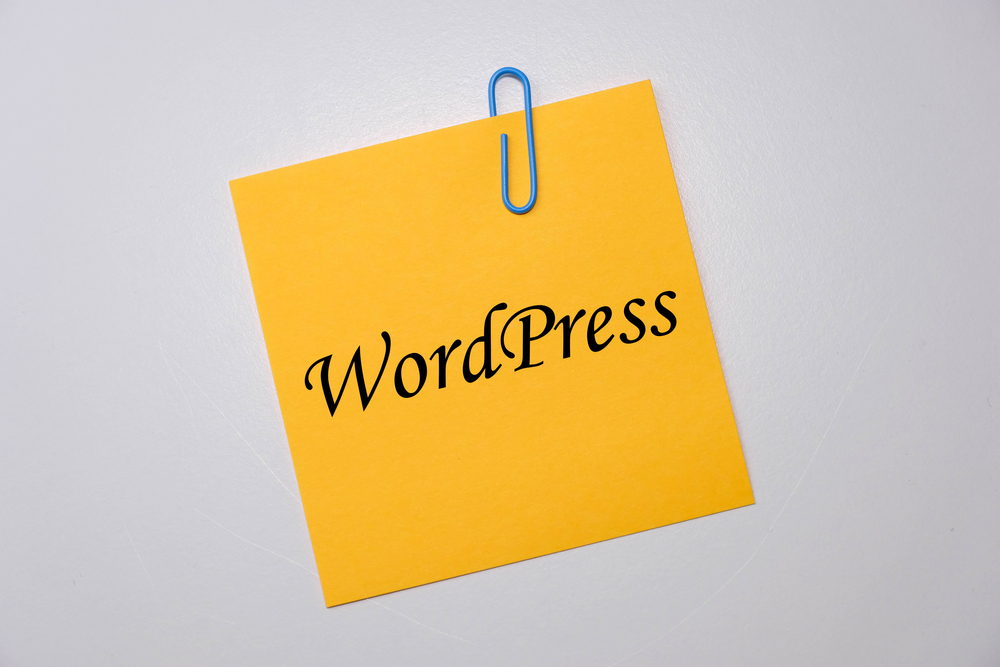
Master Your WordPress Website: Top Tips & Tricks for Customization and Maintenance

Introduction:
WordPress is an incredibly popular and widely-used content management system (CMS) that powers numerous websites and blogs worldwide. Its user-friendly interface and extensive customization options make it a top choice for individuals and businesses alike. In this article, we will explore some of the most effective tips and tricks to help you master your WordPress (the blogging platform) website, from customization to maintenance.
Customization Tips:
1. Choose a Suitable Theme:
The first step towards customizing your WordPress website is selecting an appropriate theme. There are thousands of free and premium themes available, catering to various industries and design preferences. Consider the nature of your website and its target audience when choosing the theme. Ensure that it is mobile-responsive, well-designed, and offers the desired functionality.
2. Customize the Appearance:
Once you have chosen a theme, you can further customize its appearance to match your branding and style. Access the WordPress (the platform for bloggers) Customizer through the Appearance menu in your admin dashboard. From here, you can modify various elements such as the site title, header, background, and font colors. Experiment with different options to create a visually appealing and cohesive look for your website.
3. Install Essential Plugins:
WordPress (or WP) offers a wide range of plugins that can enhance the functionality of your website. Choose plugins based on your specific requirements, such as SEO optimization, contact forms, security, and social media integration. Some essential plugins to consider include Yoast SEO for search engine optimization, Contact Form 7 for creating contact forms, and Wordfence for website security.
4. Utilize Page Builders:
To further customize the layout and design of your website, consider using a page builder plugin. Page builders provide a drag-and-drop interface, allowing you to create complex page layouts without any coding knowledge. Popular page builders include Elementor, Beaver Builder, and Divi. These tools offer a wide range of pre-designed templates and advanced customization options.
Maintenance Tips:
1. Regularly Update WordPress (WP) :
To ensure the smooth functioning and security of your website, it is crucial to keep WordPress up to date. The developers regularly release updates that address security vulnerabilities and introduce new features. Update your WordPress core, theme, and plugins regularly by navigating to the updates section in your admin dashboard.
2. Back Up Your Website:
Regular backups are essential to safeguard your website against potential data loss or security breaches. WordPress provides several backup options, including plugins like UpdraftPlus and BackWPup. Schedule automatic backups and store them in multiple locations, such as cloud storage or an external hard drive. This way, you can easily restore your website in case of any unforeseen circumstances.
3. Optimize Website Performance:
A slow-loading website can drive away visitors and negatively impact your search engine rankings. Optimize your website's performance by implementing techniques such as caching, image optimization, and minification of CSS and JavaScript files. Plugins like WP Rocket and W3 Total Cache can automate these processes, allowing your website to load faster and improve user experience.
4. Implement Security Measures:
WordPress is a popular target for hackers, making website security a top priority. To maintain a secure website, employ best practices such as using strong passwords, limiting login attempts, and implementing two-factor authentication. Additionally, install a security plugin like Wordfence or Sucuri, which can actively monitor and protect your website from malicious attacks.
Frequently Asked Questions:
1. Can I change my WordPress theme after setting up my website?
Yes, you can change your WordPress theme at any time without losing your website's content. However, the new theme may require adjustments in terms of layout and customizations.
2. What should I do if a plugin conflicts with my WordPress theme or other plugins?
If you encounter a plugin conflict, try deactivating all plugins and reactivating them one by one to identify the problematic plugin. You can also seek support from the plugin developer or hire a WordPress professional to resolve the issue.
3. How often should I update my WordPress website and plugins?
It is recommended to update your WordPress core, theme, and plugins as soon as updates are available. Regular updates help ensure compatibility, security, and access to the latest features.
4. Are there any precautions I should take before updating my WordPress website?
Before performing updates, it is advisable to backup your website files and database. This provides a safeguard in case anything goes wrong during the update process.
5. Can I customize the appearance of my WordPress website without coding knowledge?
Yes, WordPress offers a user-friendly interface and numerous customization options that allow you to modify your website's appearance without any coding. Themes, page builders, and customizers make it easy to achieve the desired design.
Conclusion:
By implementing the aforementioned tips and tricks, you can master your WordPress website and create a unique online presence. From choosing a suitable theme to regularly maintaining and securing your website, customization and maintenance play key roles in ensuring the success of your WordPress-driven venture. Harness the power of WordPress to showcase your content, products, or services while delivering an engaging and seamless user experience.
Other useful resources
- https://www.wordpress24plus.com/services/wordpress-developer/
- https://en.wikipedia.org/wiki/WordPress
- https://www.wordpress24plus.com/wordpress-tools-directory/wordpress-plugins/
- https://en.wikipedia.org/wiki/Blog